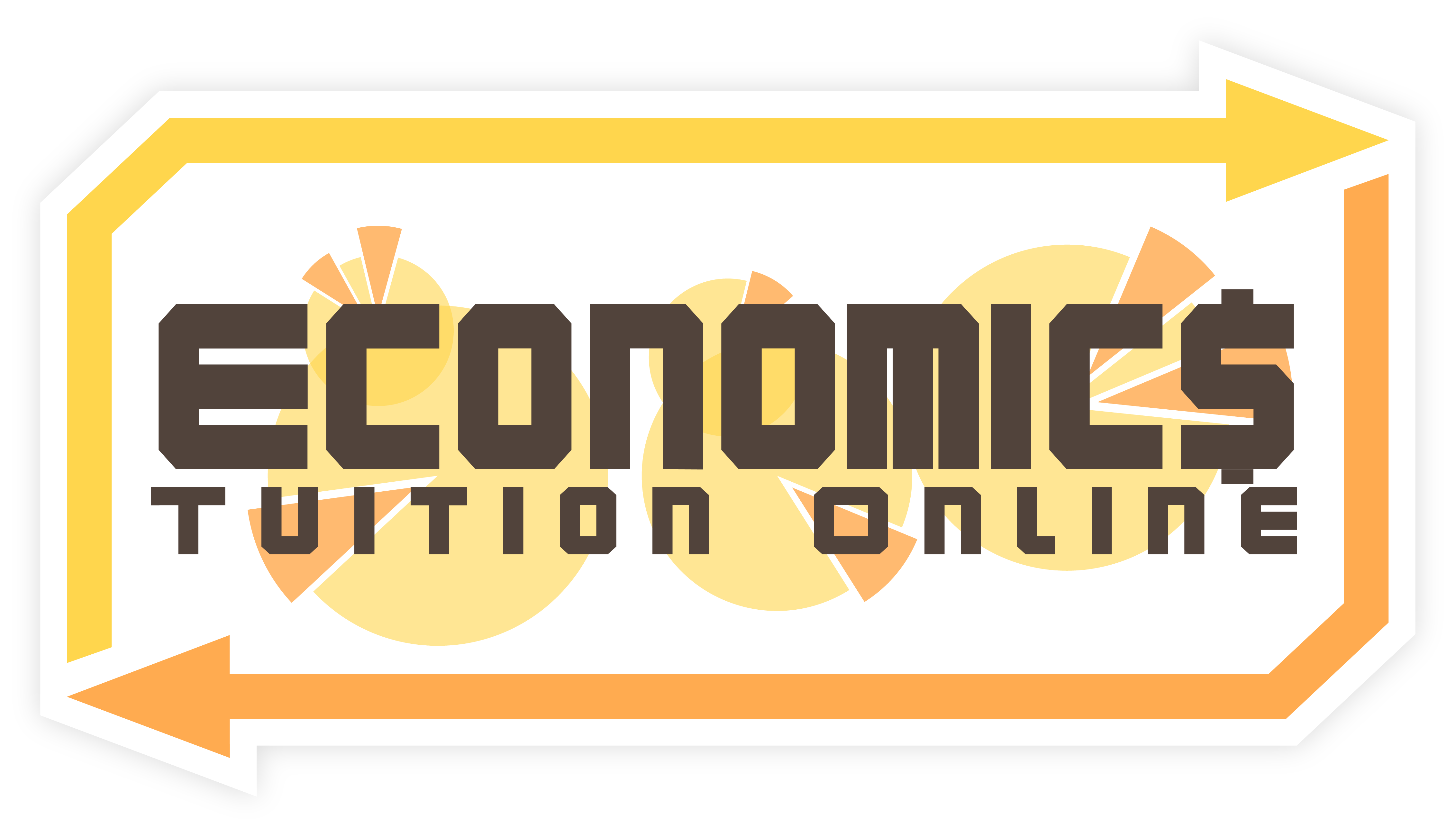Perfect Market Structure
In the first half of this segment, learn more about perfect market structure, namely perfect competition prepared by our JC Economics Tutor Simon Ng from Economicsfocus. Generally, the study of Market Structure requires a firm understanding of the characteristics, such as the number of firms that exist in the market, existence of barriers to entry and types of profits to be attained in the short run and long run conditions. Apply economics concepts to specific industry examples that are found in real world cases.


